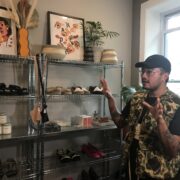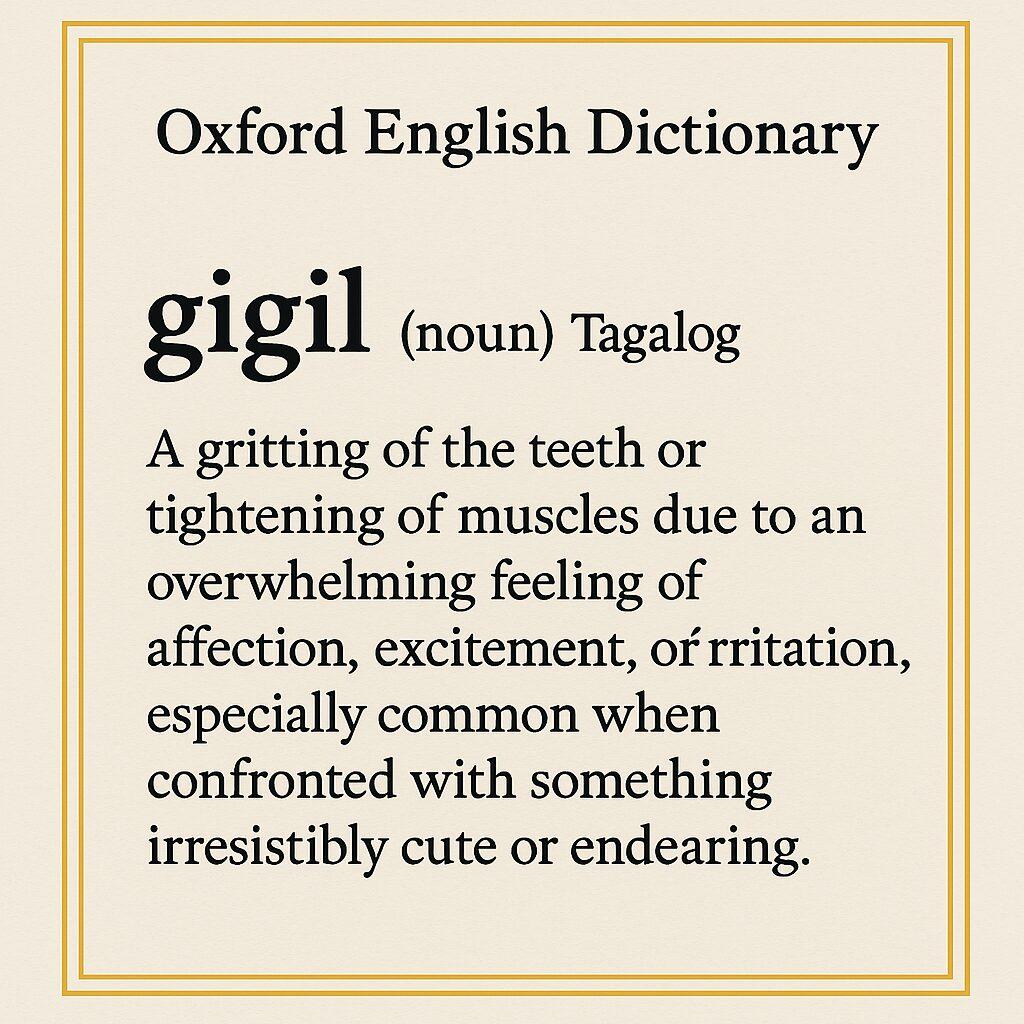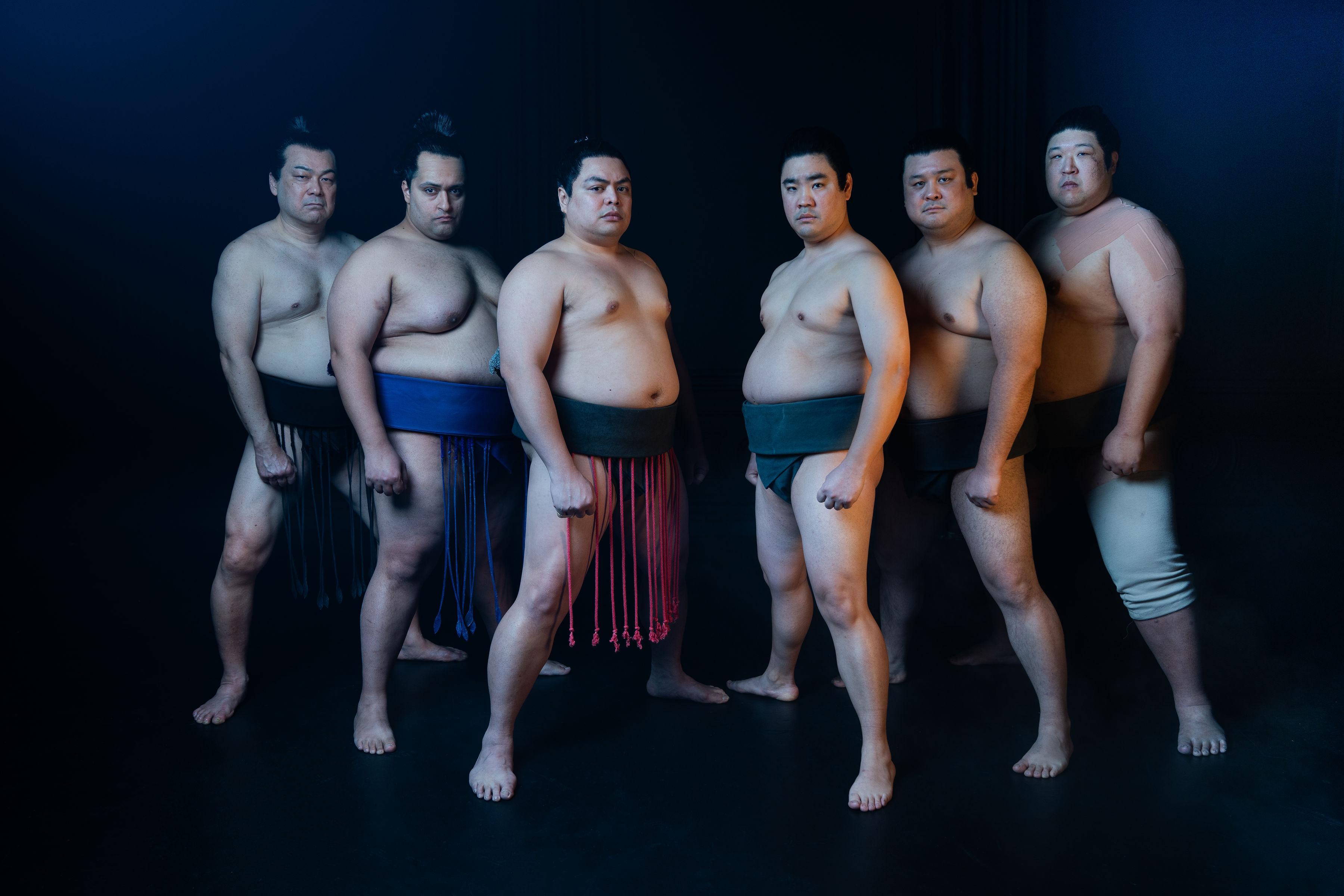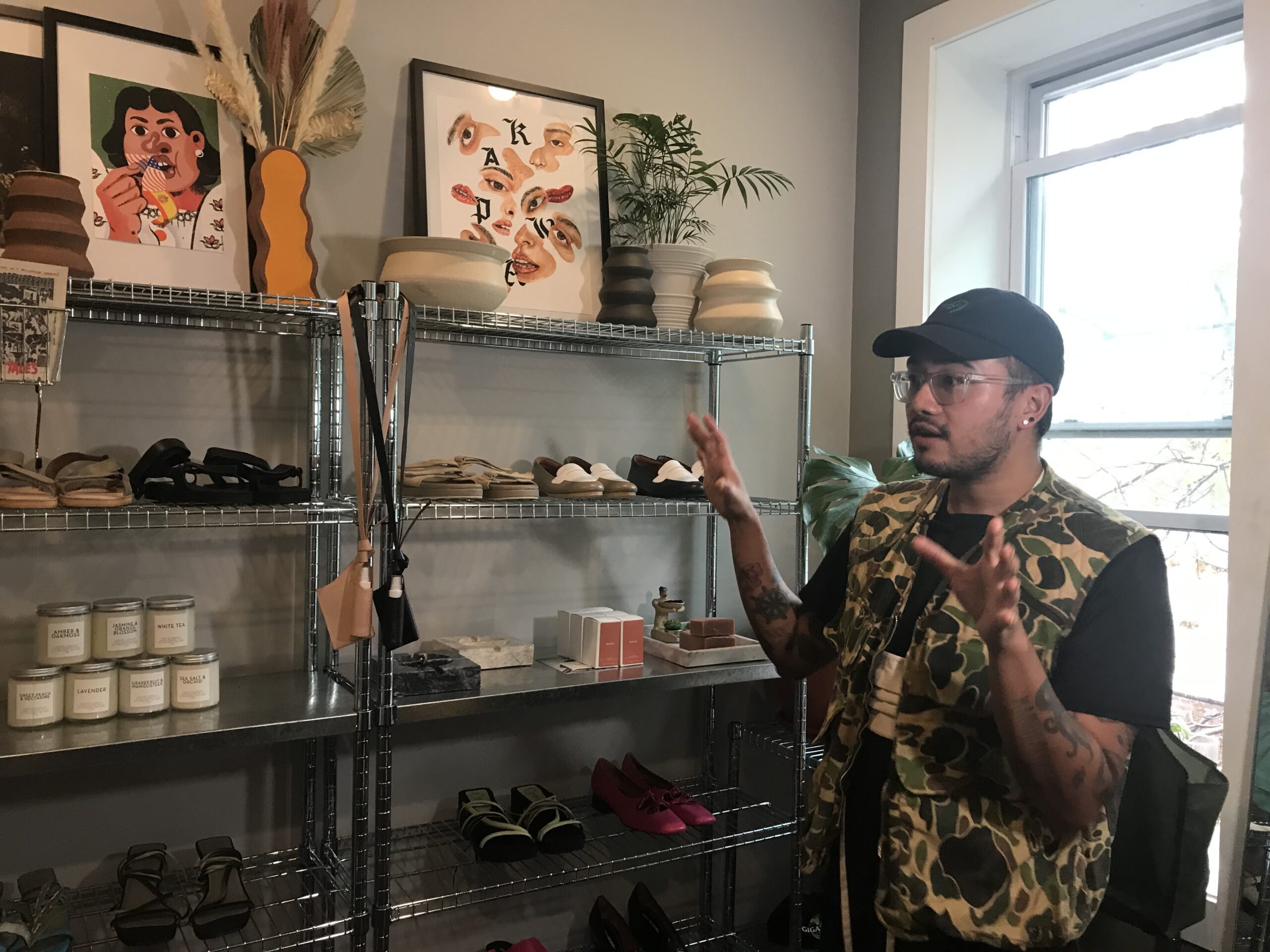
IT was an idea that became a reality just as the pandemic was hammering the world last year.
This is the story of Mercado Vicente, a story about Filipinos coming together to help each other out.
The premise was simple, and it began as a response to the rising anti-Asian sentiment early last year and Jan Vincent Gonzales thought it would be nice to counter the negativity and instead highlight Filipino designers, illustrators, creatives, photographers, makers, and more.
“It’s like, being able to say that you made a new connection with someone, then you guys built something together and it’s now flourishing. I think that makes the work worth it, right? Because I think it instills a different sense of pride for you as a Filipino and as a Filipino American,” Gonzales told the Asian Journal.
Mercado Vicente is an online index of Filipino creatives and it features the work of young, emerging, and upcoming artists and artisans across the globe.
As its founder, Gonzales said it is an overdue love letter to the Philippines, the home country of both his parents who hail from the province of Pampanga.
Gonzales runs a creative consulting agency and they work with fashion designers, artists, creators, and independent brands, among others.
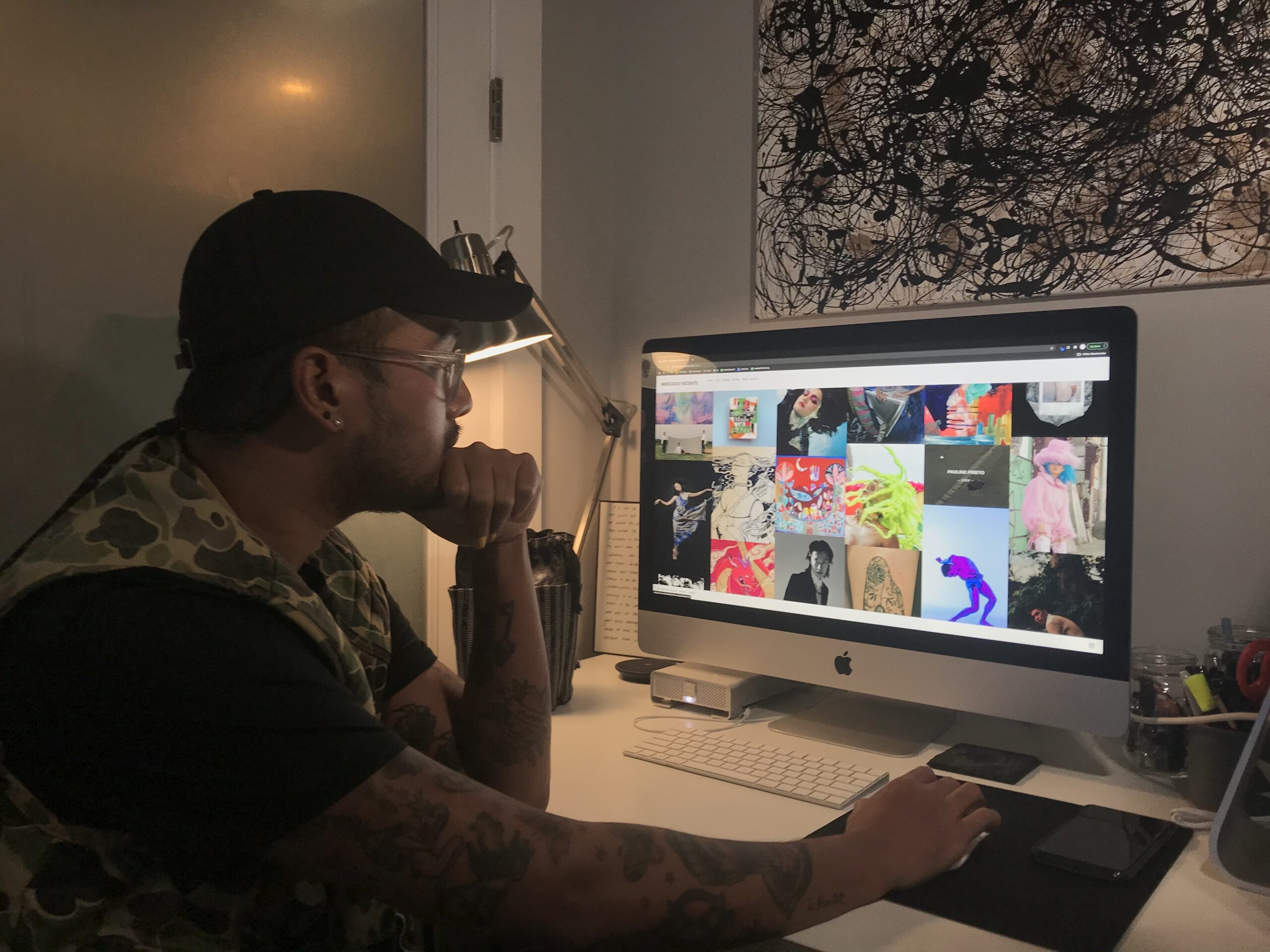
“So we’re working towards making sure that like these small businesses, small Filipino businesses have a fighting chance in the mainstream market. So that’s anything from helping them with their marketing to just their creative consulting projects,” he shared. “We want to make sure that they’re prepped so that they can compete with the big dogs.”
As an example, he mentioned that they got fashion designer Carl Jan Cruz on the New York Times with Angela Dimayuga, a renowned Fil-Am chef.
“Well, hey, if we’re getting a Filipino [in] the New York Times, why not have them dressed in Filipino fashion, because I think it just makes sense because we don’t see Filipino representation as much on mainstream media. So why not get it so that the clothes are Filipino, the jewelry that they’re wearing is Filipino and all of that?” he added.
They have also done community-building events, in which they collect the creative community in their local areas to see what other creatives are doing and look for possible ways to collaborate.
“I feel like Filipinos always stay in the background. We’ve seen a lot of Filipinos behind the scenes that are in really high, powerful places that can help us with that representation in the media, but you don’t hear from them as often as I think, that’s what we’re trying to push,” he said.
Gonzales went to school at the Fashion Institute of Technology in New York, then went to graduate school in Paris, where he started to do fashion PR work. Living in Paris for two years gave him the experience to work in that high-pressure and fast-paced environment.
Unfortunately, when he returned to New York, he couldn’t find a job.
“So I was like, if I couldn’t find a job, why not just start my own company,” he said.
Originally what he wanted to do was just have a company with close personal friends and promote products that he believes in. And since he has never seen a PR agency or consulting agency that was only focused on Filipinos, he was like, “Alright, let’s do it.”
At Mercado Vicente, they partner with artists from all over the world. Last year, they partnered with movies like “Yellow Rose” and “Lingua Franca” to make sure that the messages get to the community.
For “Yellow Rose,” they interviewed director Diane Paragas and talked about the process to make the movie. Then they partnered with creatives to illustrate the film or their interpretations of the film. They also got artists to produce some exclusive art that was created for the film itself.
“I think we’re in this shift of a cultural revolution with things that are happening and I think it’s time for us to start noticing like what it is to mean to like to consume, you know, to consume media, like, what are the things that we’re consuming? And how can we like, really build a bigger future for that?” Gonzales said.

Pop-up shop
Last October, Gonzales staged a pop-up called The Apartment and worked with about 18 brands and showcased their new products and collections.
For him, it was a chance to finally get the community kind of back together and make the transition back into what it would be like to see each other in person. They had a bunch of retailers that visited to see what the collections are about.
It was a proud moment for Gonzales, who curated an all-Filipino lineup of a showroom – a dream that he had before – to be able to see what is possible as a Filipino community. This one was quite a leap from the pop-up in the Lower East Side they staged in 2019 with five brands.
“We’re going to start welcoming more creatives if they want to create content, and if photographers wanted to turn that studio into its little photoshoot session or if we’re like filming videos,” Gonzales said about the new permanent space for them in Brooklyn.
The brands were mostly little-known enterprises from young and upcoming designers hoping to take a shot to grow their international presence. Giving them a platform like this one at Mercado Vicente is something that satisfies the Fil-Am millennial’s soul.
“There’s something to be said with being able to grow with the brand. And I think I like that process more like starting with the foundations and being able to see them develop,” he quipped. “It just goes into that DNA of being able to help the underdog succeed.”
The hat that Gonzales had in our interview was one of the products they showcased from Tropical Futures, which also has a hoodie that says Philippine love songs and it has Pilita Corrales’ full album on the back.

He also believes that MAAARI, an accessories and home goods brand founded by Filipino Americans, is one of the standouts as well because they source a lot of their work from artisans and makers in the Philippines to be able to sustain their businesses over there as well.
Gonzales said that one of his favorites is Nicole Saldana’s shoes that are made in Portugal.
“I think we’re coming towards this cultural Filipino renaissance in a way that we’re just pushing everything forward. And I think it’s amazing to see,” he excitedly shared. “We’re here, we’ve got a new space, and now we’re ready to get things going and start running with the momentum that we have, and just see where it can take us, you know, to see more Filipino faces on TV or in the screens and, and all that.”
His biggest learning as he staged these community events is the fact that he couldn’t do all these alone, and he doesn’t have to.
“That was the most heartwarming thing, especially since Filipino culture and Filipino people are all about helping each other, right? And I think that there’s a community behind you that will help you out, you know, when you ask for it, and I think it’s about asking for help. And showing the people what this could be,” Gonzales said.
And as for New York, his home city now, it is all but ready to rise once more.
“New York has that sense of gusto and it will always fight through. And it’s perfect that the Filipino community is really building here because then it could just flourish everywhere else. And I think, you know, New York’s not dead, New York is not dead,” he said.



